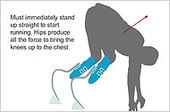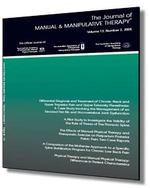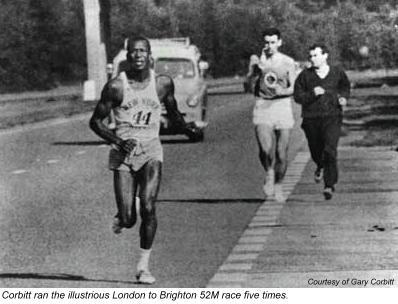I finally caught up to my collection of feed items and news that I accumulated over the holidays. I’m glad I stuck it out and deliberately plodded through the piles of reading. Otherwise, I would have missed this ruling in Wayne, NJ against a doctor-owned surgical center. The 1989 Codey Act? Huh?
I guess charging fees for your surgical center is good business:
"Many of the physician-investors earned more money from [Wayne Surgical
Center’s] facility fees than they do from practicing medicine full-time"
Someone should have told these physician-investors to skip medical school and just go into real estate. It would have been cheaper.
By the way, the post title refers to the fact that everyone who hails from Sussex, NJ for any appreciable amount of time is forced to drive through Wayne, NJ more often than they ever thought possible.
ERIC







